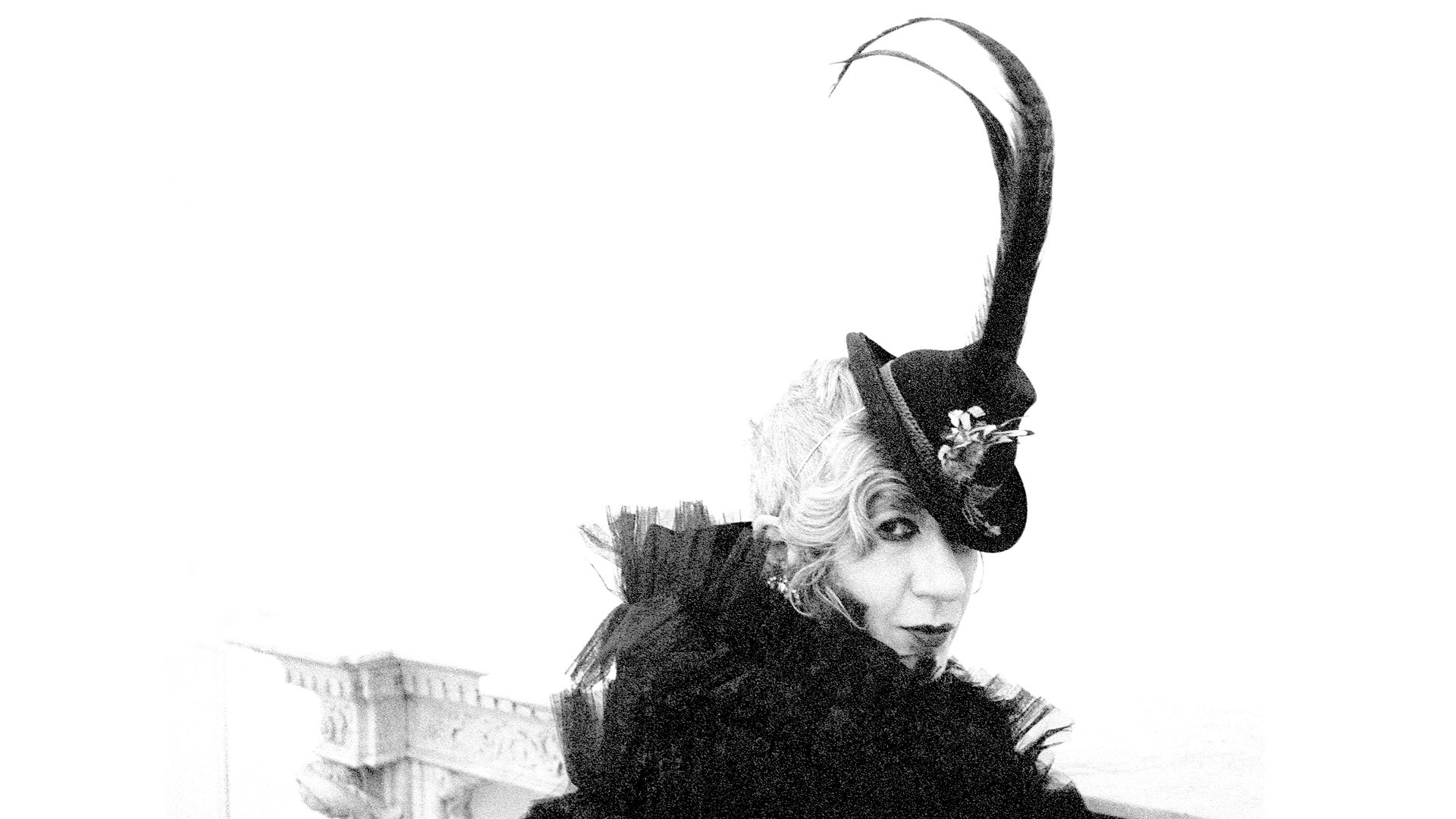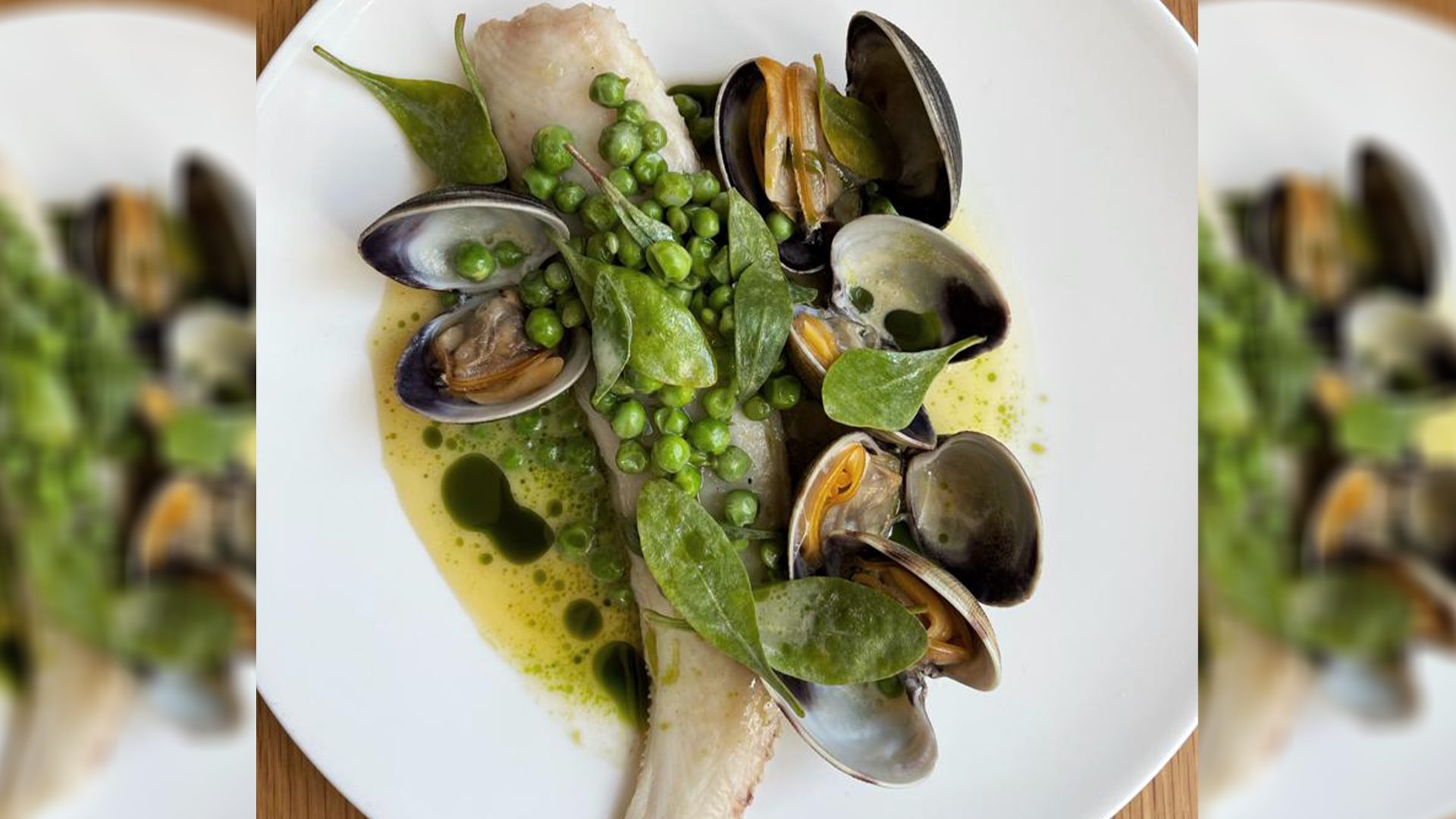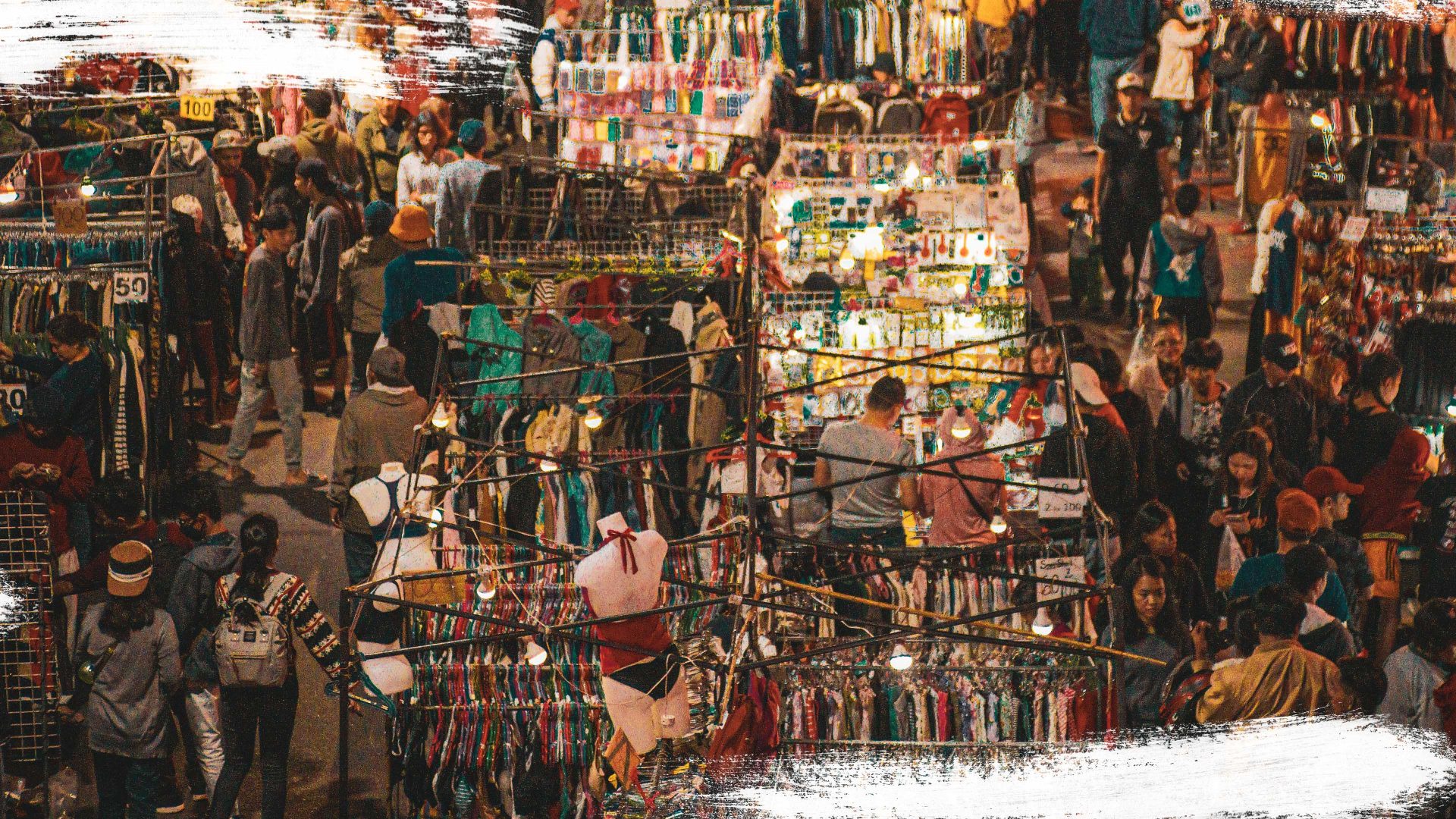“She dresses the way one plays a role,”Karl Lagerfeld once said of the fashion
journalist and editor Anna Piaggi. “She’s a great performer, but she is also the author of the play.”
In 1978 Lagerfeld marked the end of Paris fashion week by hosting a Venetian ball for 2,000 guests. Among the masked fops in tricorn hats and
ringleted women in hooped skirts and skyscraping collars were the great and
the good of the world of fashion and beyond. Rudolf Nureyev arrived dressed
as Romeo. Andy Warhol arrived dressed as, well, Andy Warhol.
For Anna Piaggi the theme had presented a dilemma. Celebrated as one of Europe’s leading fashion writers, she was better known for her sheer presence on the scene. Since the 1960s no fashion event had been complete
until Piaggi appeared in whatever eye-popping combination of garments she’d assembled carefully for the occasion. Unafraid to hide the latest work of leading designers among vintage items and accessories – she’d once matched a pair of Edwardian bloomers with a canvas cape made for the 1913 Ballets Russes premiere of Stravinsky’s The Firebird – her unique and colourful sense of style trumped even the most avant-garde designers on the runways of Europe – and she had the personality to match. One interviewer
described meeting Piaggi as “like surfing 40 television channels all at once”.
Lagerfeld was one of her closest friends, so she was keener than ever to create the right outfit, especially with historical flamboyance being the theme of the occasion.
“I knew everyone would be coming to the party dressed as I do every day,” she said, “so I thought, how shall I be different?”
Instead of trying to out-dandy the dandies, Piaggi decided to go in a completely different direction, as only she could.
“I threw a shawl over my head like a peasant and on top I put a basket of
fresh seafood from which two dead pigeons dangled,” she said. “I bought
everything that morning at the market. Of course, I could only wear it for a few hours, it was heavy and after a while it started to smell. Then the pigeons
started dripping blood.”
Strange as it sounds, Piaggi’s pungent Venetian ball ensemble still only ranked as her second most extraordinary fashion moment of that summer. A few weeks earlier, at the wedding of Paloma Picasso, her flamboyant headwear moved too close to a candelabra and caught fire. For a moment, nobody was quite certain if she needed help or the flames were part of the ensemble.
This idiosyncratic panache was no affectation. Whether on assignment at a show, a party, an editorial meeting or just at home with her husband, the
photographer Alfa Castaldi, Piaggi’s inimitable sense of style was the same,
and so vast was her wardrobe she never wore the same outfit twice. When, in 2006, the Victoria and Albert Museum staged an exhibition drawn from her collection, they were informed there were 265 pairs of shoes, 932 hats and 2,865 dresses to choose from.
Age never dimmed her. At her memorial service in 2012 the milliner Stephen Jones, who designed countless hats for Piaggi, recalled the last time he saw her.
“She was wearing Manolo patent boots, white frilled lace pantalets, a John Galliano camellia-printed chiffon dress with giant red and blue peonies all over it and a Dolce & Gabbana denim jacket with little gold fringes,” he said. “She had Chanel jewellery on, little gloves and a big lavender hat with yellow pansies. And on top of that, she had a fairly large red parasol with frills all around it. She was a complete vision.”
Piaggi was 80 years old at the time.
Her vast collection of clothes, which took up three large rooms and the attic
of her Milan home, was more than just one woman’s distinctive personal
wardrobe, it was in effect a history of fashion. Some of her garments were 200 years old, sourced from markets, vintage shops and auction houses
around the world, ensuring that far from being a mere eccentric peacock,
Piaggi was an authoritative fashion historian. “The last great authority on
frocks,” Manolo Blahnik called her.
Her one-of-a-kind dress sense tended to obscure the fact that Piaggi was a widely respected and influential writer who could make or break a new
collection. Towards the end of her life she calculated that she’d written
somewhere upwards of 6,500 reviews and editorials during her career, most
of them on her bright red Olivetti typewriter that was missing its no 9 key. A contributing editor at Vogue Italia for more than two decades, the double-page spreads she conceived and produced for the magazine were often the first feature readers would turn to.
Her influence on the establishment of Italy, and particularly her home city of Milan, as a major global fashion hub, also tends to pass under the cultural radar.
Having been raised by her mother from the age of seven after the death of her father, manager of the La Rinascente department store, Piaggi remembered “suffering in serge” at boarding school and, a brief obsession with Dutch traditional outfits – clogs included – aside, had a wardrobe largely consisting of tweeds and twinsets.
She worked briefly as a Latin tutor in Switzerland and governess in England before taking a job at the Milan publishing house Mondadori as a secretary and occasional translator of science-fiction novels. She met her husband there, who took her along to fashion shoots and encouraged her to write style pieces for the Mondadori-produced Epoca magazine. Those assignments changed the course of her life, leading to a job as fashion editor at the prestigious Arianna at its peak during the 1960s when, thanks mainly to regular visits to London, she developed her flamboyant style.
“Oh, but that was such an exciting time,” she recalled in 1980. “I’ll never forget the day I visited 83 boutiques all over London. You’d see Mick Jagger trying on jeans, Vanessa Redgrave out with her children, you’d run across Twiggy, the Beatles, everyone.”
At a Chelsea antiques market she met the Australian fashion historian Vern
Lambert who became a lifelong friend, sharing pre-dawn trips to London
markets and travelling to crumbling stately homes where ancient duchesses
on their uppers sold them historic garments from better, happier times.
“He taught me to turn a dress inside out and ‘read’ its life,” Piaggi said of
Lambert. “He also taught me how to be frivolous.”
Returning to Italy, she brought vintage wear into its fashion scene for the first time and introduced the miniskirt to her home nation.
These pioneering achievements were often hidden behind her unique
personal style, but she was always happy to be asked about her own clothes as well as those she wrote about.
“It makes me very happy to dress in such a way,” she said. “It’s my hobby, my
habit and my work. It’s an exercise in discipline, getting myself together, like
putting together a new menu every day but always it must be done with humour, with exaggeration.
“It’s important that one dresses with sincerity, because it’s what you have inside, in the soul, that matters.”




